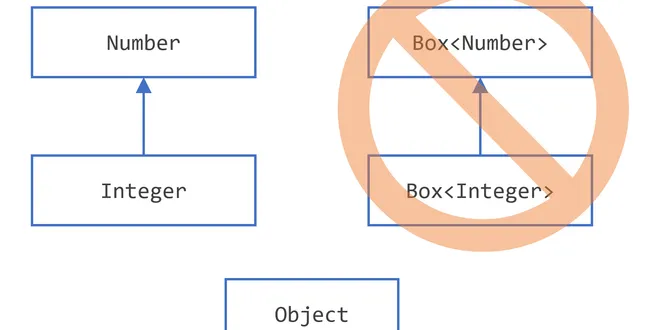Generics Java
Generics in Java, introduced in JDK 5.0, enhance the language’s type system by allowing developers to define classes, interfaces, and methods with type parameters. This feature enables code reusability and type safety, as it allows a single method or class to operate on different data types without the need for type casting. For instance, a generic class like ArrayList<E> can store elements of any specified type, improving code clarity and reducing runtime errors. By leveraging generics, developers can create more flexible and maintainable applications, making it a fundamental aspect of modern Java programming.

Generics
Versions [{“Name”:“Java SE 5”,“GroupName”:null},{“Name”:“Java SE 6”,“GroupName”:null},{“Name”:“Java SE 7”,“GroupName”:null},{“Name”:“Java SE 8”,“GroupName”:null},{“Name”:“Java SE 9 (Early Access)”,“Gr...
📚 Read more at Essential Java🔎 Find similar documents

How to use Generics in Java
Generics is a key concept in Java. Most Java codebases will make use of them. So, it’s inevitable that a developer will run into them at some point. That’s why it’s essential to understand them…
📚 Read more at Level Up Coding🔎 Find similar documents

Tricky Parts in Java Generics
Things you need to know to master Java Generics In Java, generics can be used to implement containers or methods that execute the same logic for different types. For example, List<String will hold St...
📚 Read more at Level Up Coding🔎 Find similar documents

The Basics of Java Generics: A Comprehensive Guide
Welcome to our in-depth exploration of Java Generics! If you’re looking to enhance your understanding of Java’s type system and improve your coding practices, you’re in the right place. Generics can s...
📚 Read more at Javarevisited🔎 Find similar documents

Introduction to Java Generics and their usage with Collections
Java Generics were introduced in Java 5 to provide better type safety and reusability of code. Generics are a way to specify a type parameter to a class or method, which can be replaced by any valid t...
📚 Read more at Javarevisited🔎 Find similar documents

Generics in Java explained
Recently, I had to explain what generics are and how they are used in the Java language. In a nutshell. Within a couple of minutes.I ended up stating that generics are a mechanism that allows us to wr...
📚 Read more at Javarevisited🔎 Find similar documents

Generic Programming
Section 10.1 Generic Programming G eneric programming refers to writing code that will work for many types of data. We encountered the alternative to generic programming in Subsection 7.2.4 , where we...
📚 Read more at Introduction to Programming Using Java🔎 Find similar documents

Introducing Generics
Why Use Generics? In a nutshell, generics enable types (classes and interfaces) to be parameters when defining classes, interfaces and methods. Much like the more familiar formal parameters used in m...
📚 Read more at Learn Java🔎 Find similar documents

Creating a Generic Class
Generics enable classes, interfaces, and methods to take other classes and interfaces as type parameters. This example uses generic class Param to take a single type parameter T , delimited by angle b...
📚 Read more at Essential Java🔎 Find similar documents

Generics in Kotlin
Generics is a facility for generic programming, allowing classes, interfaces and methods to operate on various types of objects. It basically allows a type to be a parameter to methods, classes and…
📚 Read more at Level Up Coding🔎 Find similar documents

It Took Me 5 Years to Understand Java Generics’ Upper and Lower Bounds
J ava Generics is a powerful feature that allows classes, interfaces, and methods to operate on objects of various types without needing to specify the exact type. In generics, we can use upper bounds...
📚 Read more at Javarevisited🔎 Find similar documents

Understanding Wildcards in Java Generics
Generics were introduced in Java 5 to provide type safety to collections. The use of generics allows us to define collections that can hold elements of specific types only. This type safety helps us c...
📚 Read more at Javarevisited🔎 Find similar documents

